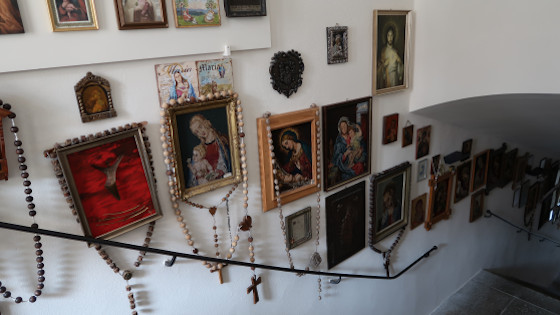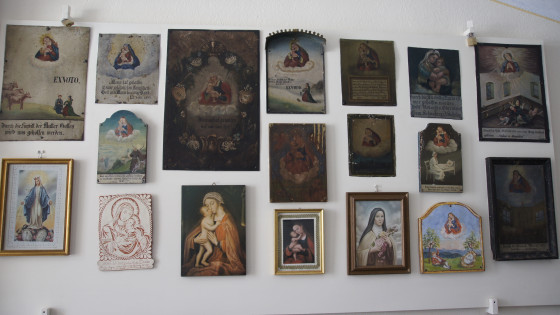The church Mariahilf stands on the Mariahilfberg above the city of Passau.
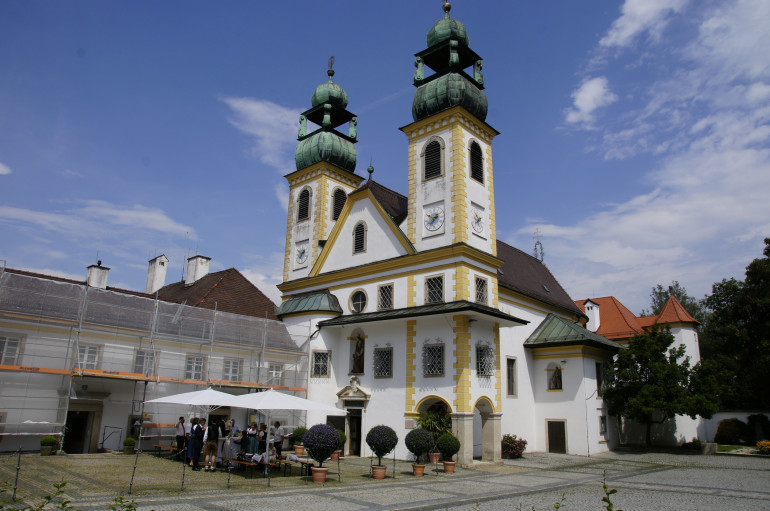
The sanctuary was built between 1624 and 1627 by Francesco Garbanino. The striking spire helmets were not put on until 1665. The Pauline monastery adjoins the church.
In 1611 the reigning Archbishop of Passau, Prince-Bishop Archduke Leopold V of Austria, the brother of the pious Catholic Emperor Ferdinand II, was on a diplomatic mission in Dresden. The Protestant Elector offered the state visit to choose a guest gift from his picture gallery. Although there were far more valuable paintings, Archduke Leopold V immediately decided on the "Mary and Child" painting and brought it to his residence. The picture of Our Lady with the Child tenderly embracing her was created by Lucas Cranach the Elder around 1537.
The picture found the affection of the Passau cathedral dean Marquard Freiherr von Schwendi. He therefore had an enlarged copy (130 cm) made and hung it in a wooden chapel in his garden at the foot of today's Mariahilfberg. After a series of visions of the Virgin Mary, he decided in 1622 to move the chapel with the picture up the mountain and open it to all the faithful. Because of the extremely large number of prayers and pilgrims he had to start building a church as early as 1624 (until 1627). Its master builder was the Passau master Francesco Garbanino, apparently from the circle of Ticino artists who brought Baroque art to Bavaria at that time. This new church soon became a popular pilgrimage destination. From 1631 the church and the directly adjacent hospice were looked after by the Capuchins of the Passau monastery. They made Mariahilf a pilgrimage centre for Central and South-Eastern Europe, especially after the successful liberation of Vienna from the Turks in 1683 under the invocation of Mary.
However, Archduke Leopold took the original Cranach painting with him to Innsbruck, where it is still venerated in Innsbruck Cathedral today.
The expression "Mariahilf" is an essential part of the veneration of the Mother of God, which was particularly flourishing in the Baroque period. Hundreds of other Mariahilf pilgrimage churches were established, such as Amberg/Upper Palatinate, Innsbruck, Vienna and Munich.
The Mariahilf church
The pilgrimage stairs
from the year 1628 is roofed over and comprises 321 steps.


Danube cycle route


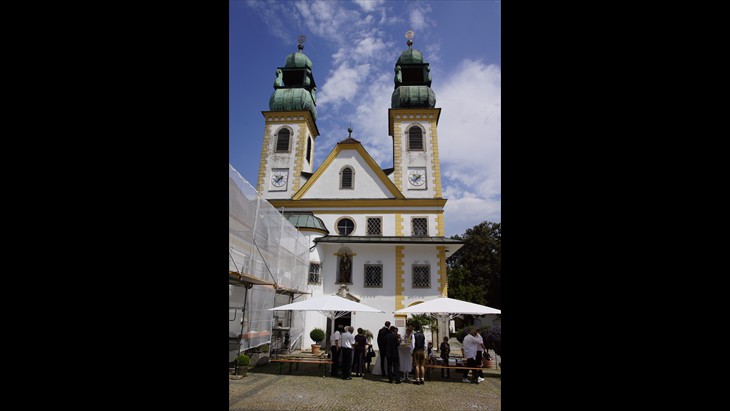
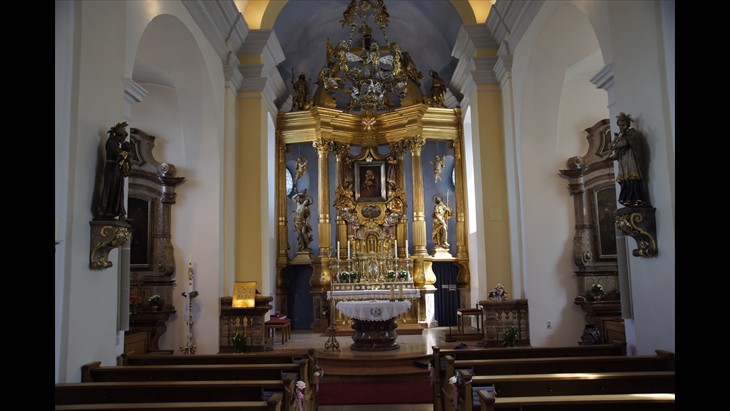 The saint on the right wall is John Nepomuk
The saint on the right wall is John Nepomuk


